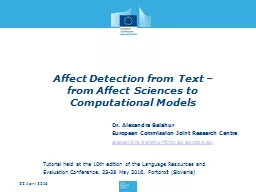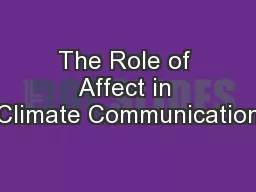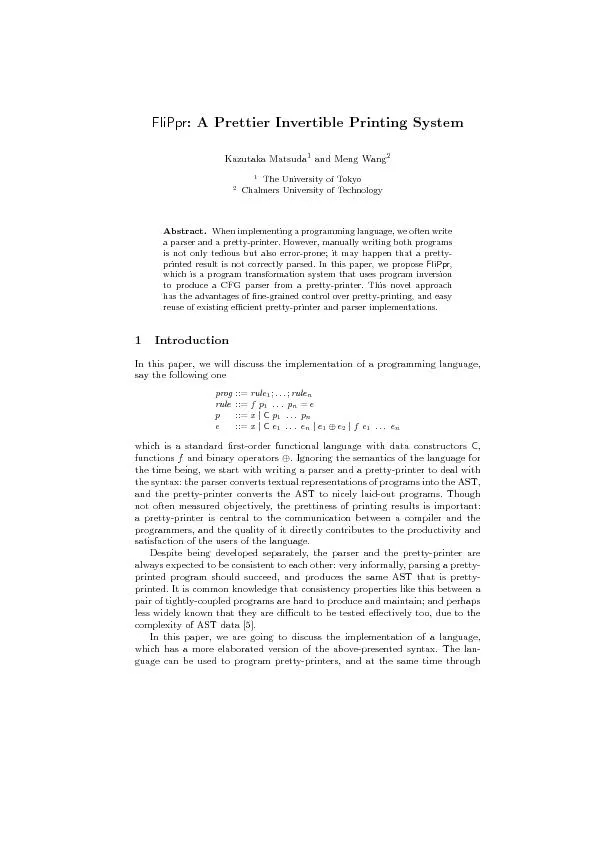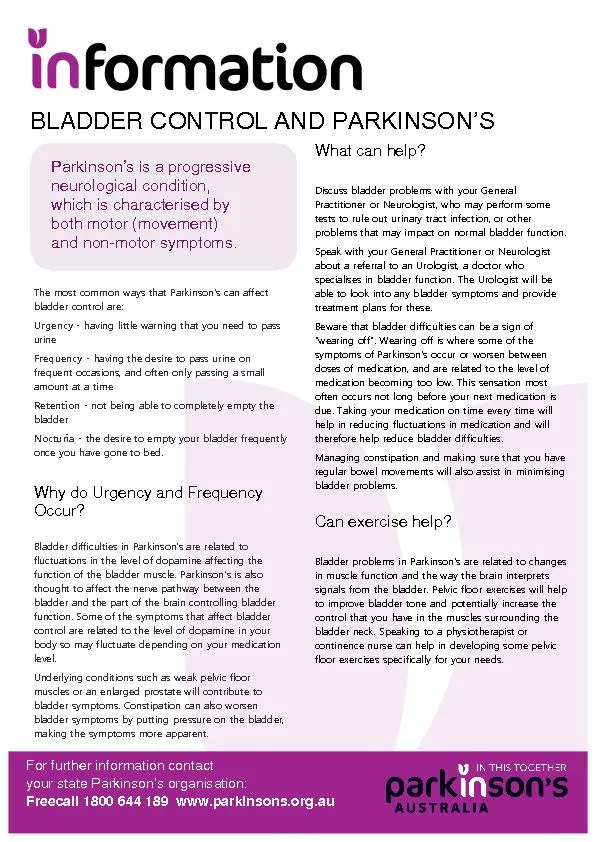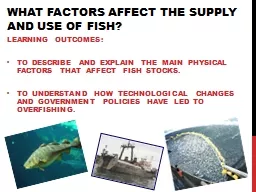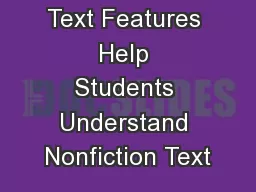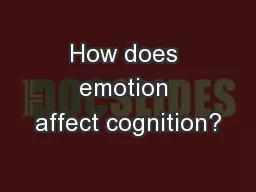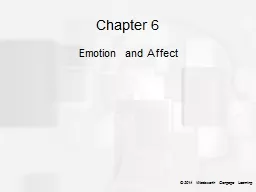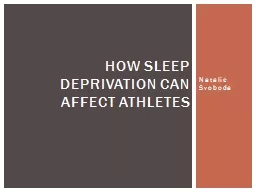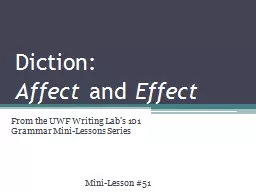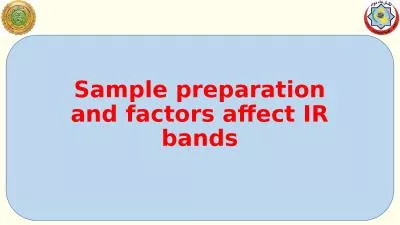PPT-Affect Detection from Text –
Author : ellena-manuel | Published Date : 2018-02-28
from Affect Sciences to Computational Models Dr Alexandra Balahur European Commission Joint Research Centre alexandrabalahurjrceceuropaeu 22 April 2016 Tutorial
Presentation Embed Code
Download Presentation
Download Presentation The PPT/PDF document "Affect Detection from Text –" is the property of its rightful owner. Permission is granted to download and print the materials on this website for personal, non-commercial use only, and to display it on your personal computer provided you do not modify the materials and that you retain all copyright notices contained in the materials. By downloading content from our website, you accept the terms of this agreement.
Affect Detection from Text –: Transcript
Download Rules Of Document
"Affect Detection from Text –"The content belongs to its owner. You may download and print it for personal use, without modification, and keep all copyright notices. By downloading, you agree to these terms.
Related Documents

